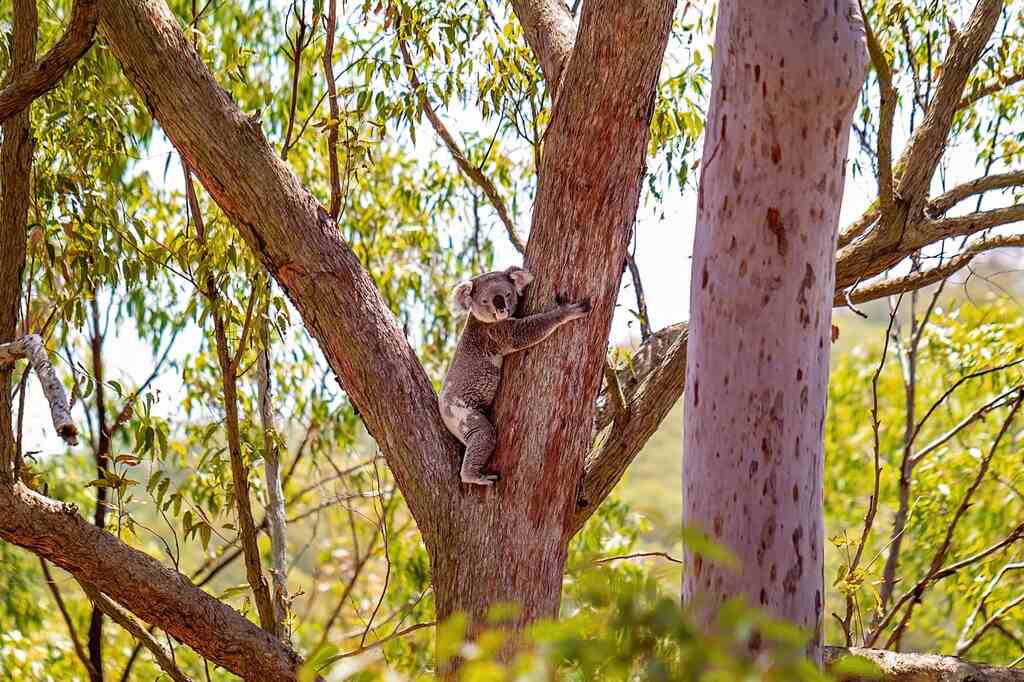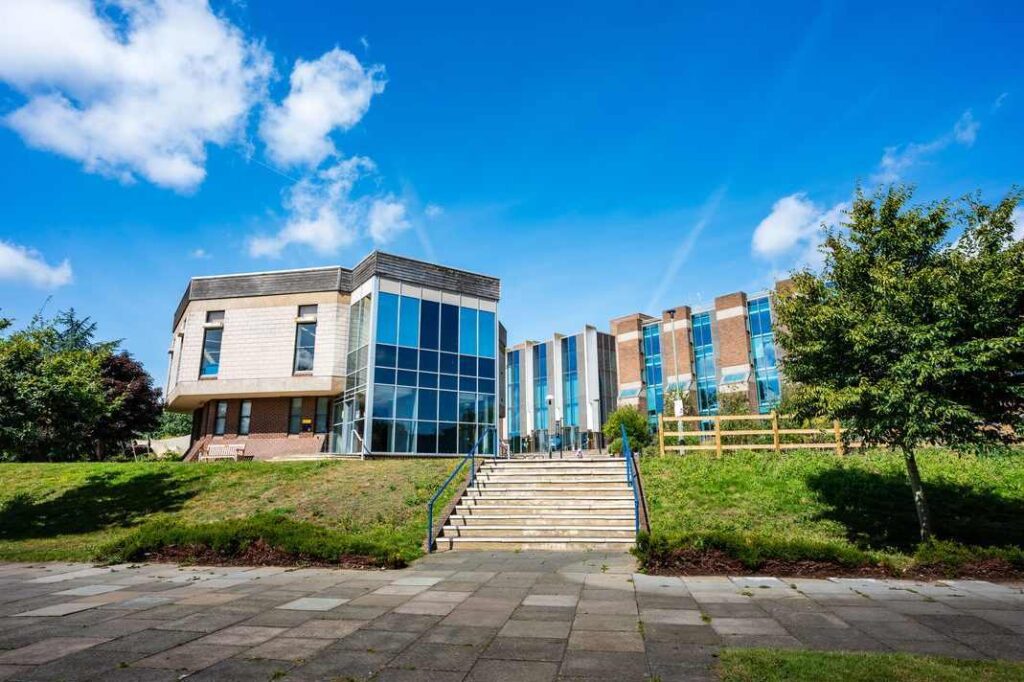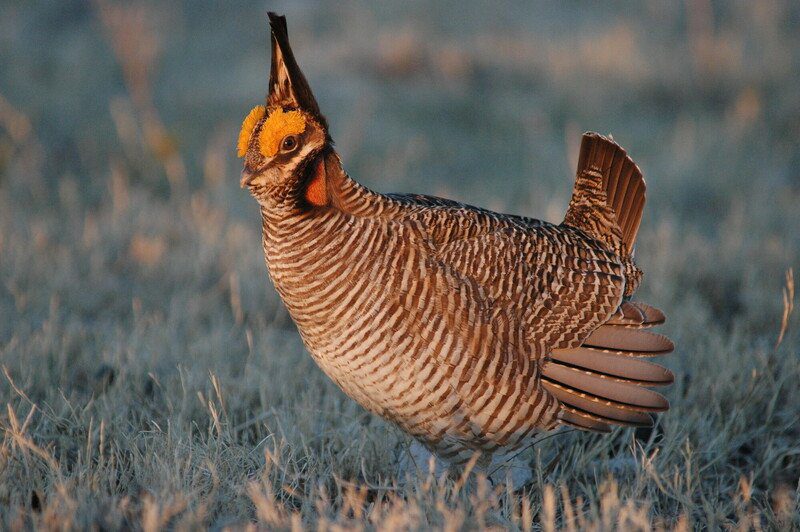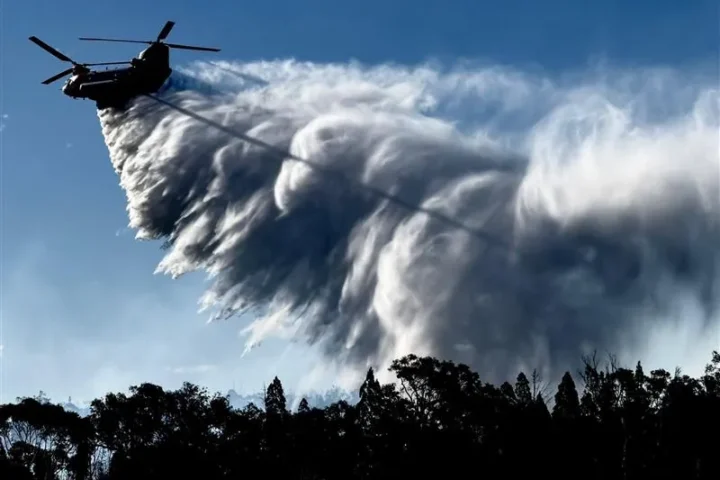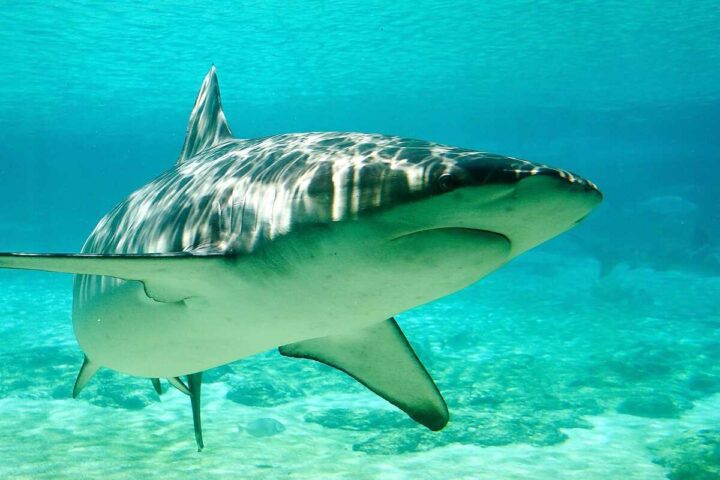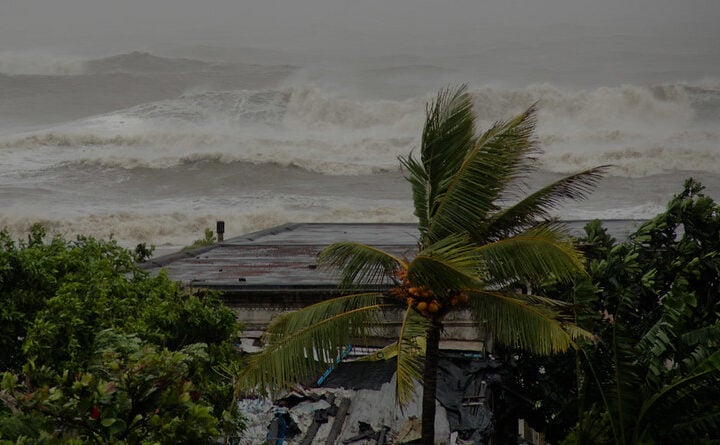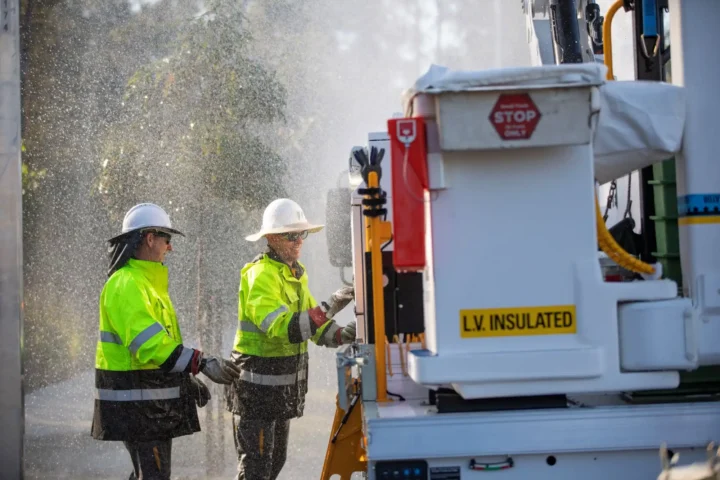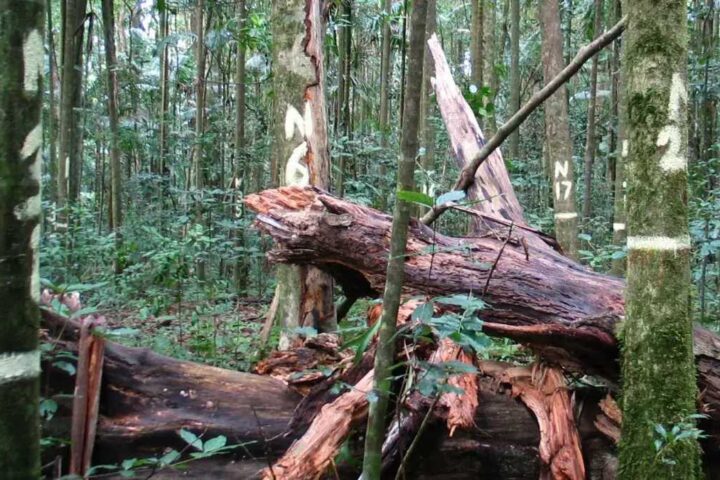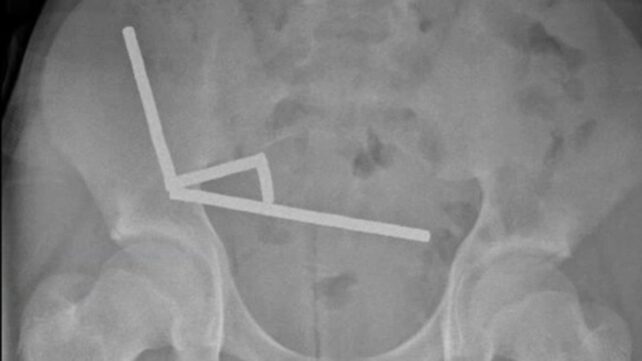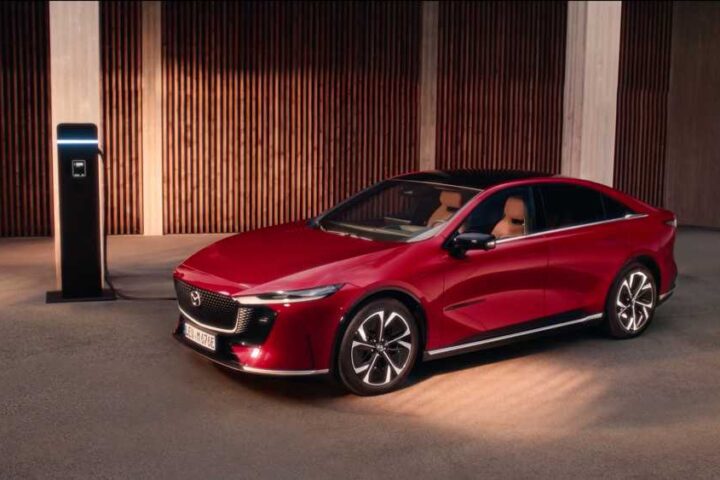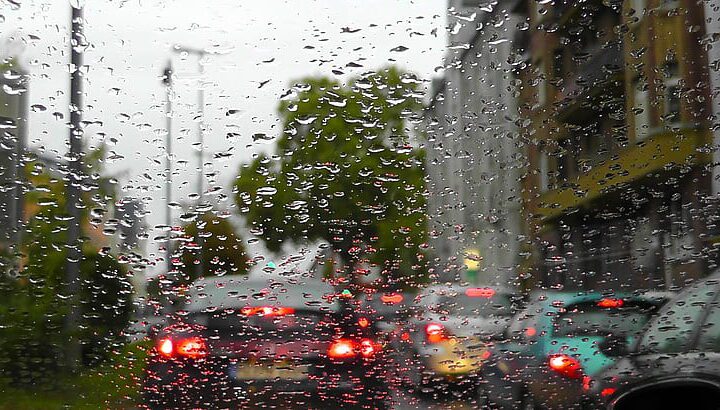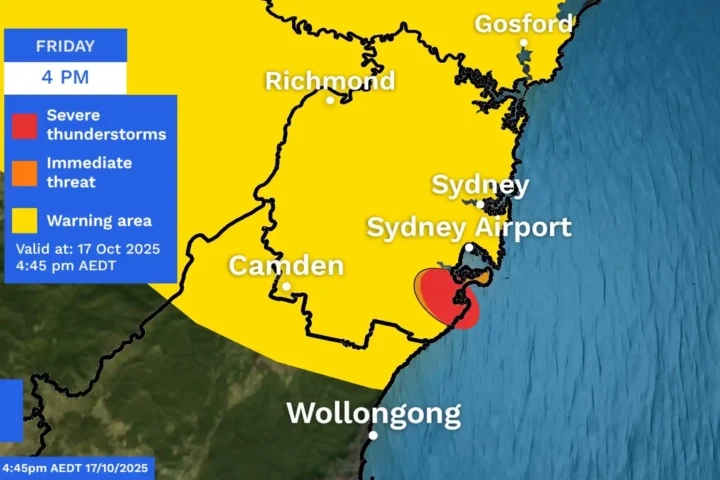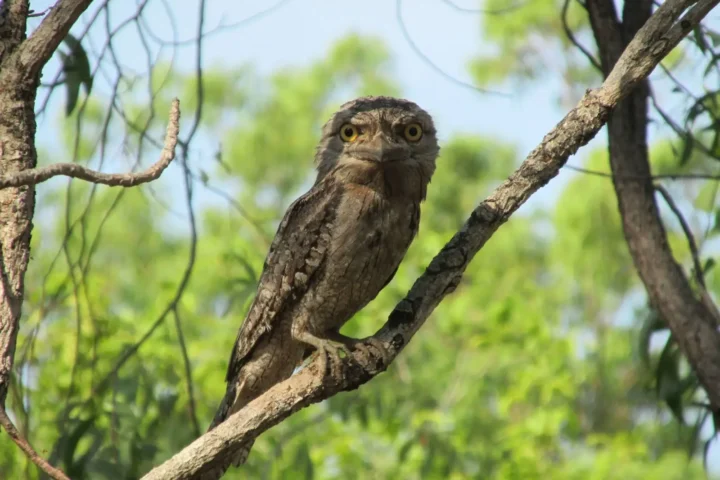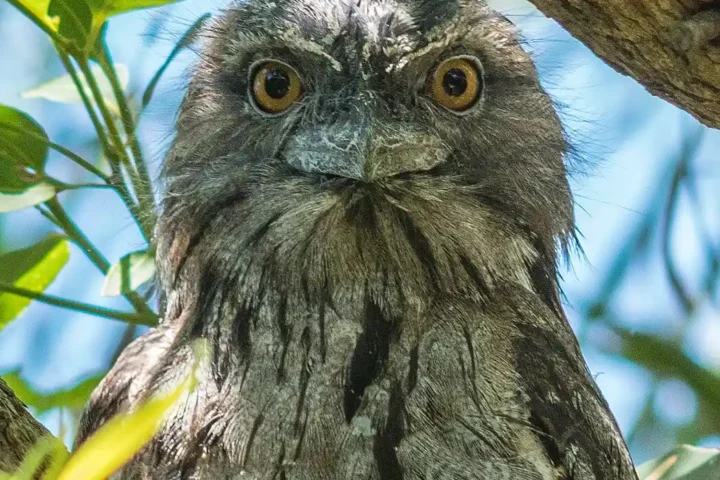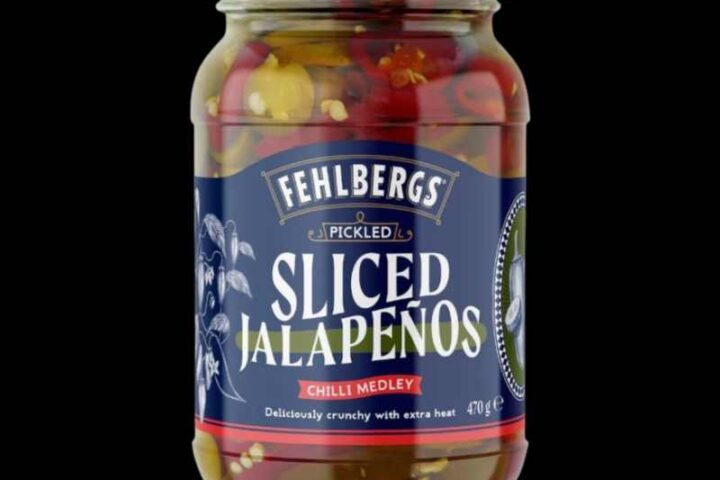The NSW Government has announced the proposed boundary of the Great Koala National Park and imposed a logging moratorium, with formal gazettal expected in 2026, creating a 476,000-hectare safe haven for koalas on the Mid North Coast. The park connects 176,000 hectares of state forests to existing national parks, protecting about 20% of the state’s remaining koala population.
“Koalas are at risk of extinction in the wild in NSW – that’s unthinkable,” said NSW Premier Chris Minns. “The Great Koala National Park is about turning that around.” The park comes after koalas were declared endangered in NSW in 2022, with numbers dropping by more than half between 2000 and 2020. Recent drone surveys detected between 10,300 and 14,540 koalas in the assessment area, with an average estimate of 12,111 koalas.
The government has stopped logging in the designated forests while finalizing the transition. “The Great Koala National Park has been a dream for more than a decade,” said NSW Environment Minister Penny Sharpe. “It will ensure koalas survive into the future so our grandchildren will still be able to see them in the wild.”
Beyond koalas, the park protects over 100 other threatened species, including endangered greater gliders, yellow-bellied gliders, and glossy black cockatoos. Conservationists say the area’s biodiversity is comparable to some of NSW’s largest national parks.
Similar Posts
The government has committed $146 million — $140 million for park creation (including $80m announced in 2023) and $6 million to support local communities and businesses affected by the change. This funding will help timber workers transition to new opportunities as the industry shifts toward plantation-based forestry.
“This park is great news for koalas and it should be great for people too,” said Dr. Stuart Blanch from WWF-Australia. “We’re pleased to see the NSW Government providing funding to support timber workers and regional communities.”
The park will play a crucial role in fighting climate change, as its tall eucalypt forests act as climate refuges for koalas. “Australia needs landscape-scale protected area networks like this to prepare for the possibility of 2.5 to 3 degrees of warming by the end of this century,” said WWF-Australia CEO Dermot O’Gorman.
First Nations involvement is another key component. The government is exploring joint management options and creating Aboriginal ranger positions and creating Aboriginal ranger positions to support traditional cultural practices and contribute to Closing the Gap targets.
The creation of the Great Koala National Park coincides with another breakthrough in koala conservation – the approval of a world-first single-dose chlamydia vaccine.
Developed over 10 years by the University of the Sunshine Coast, the vaccine reduces mortality from the disease in wild populations by at least 65%. Chlamydia is a major threat to koalas, causing painful infections, infertility, blindness, and death.
With these combined efforts to address habitat loss, disease, and climate impacts, conservationists hope koalas can eventually be removed from the endangered species list by 2050.
